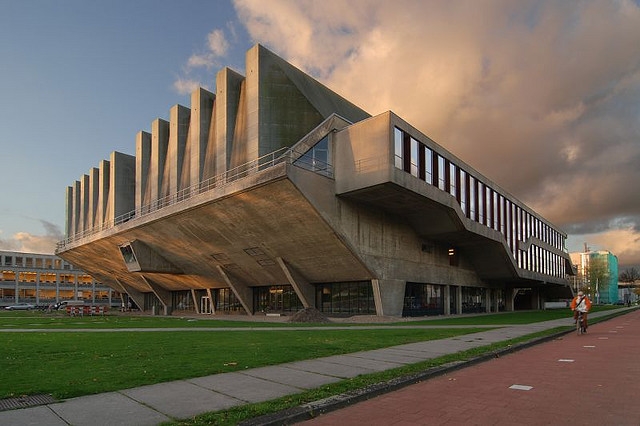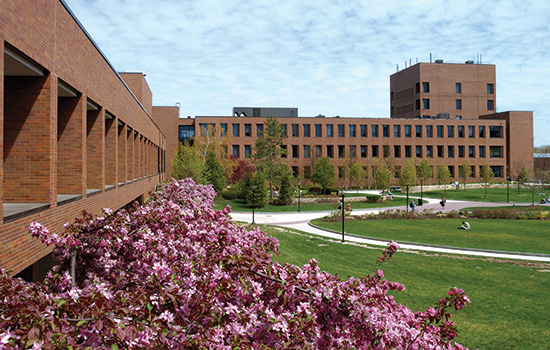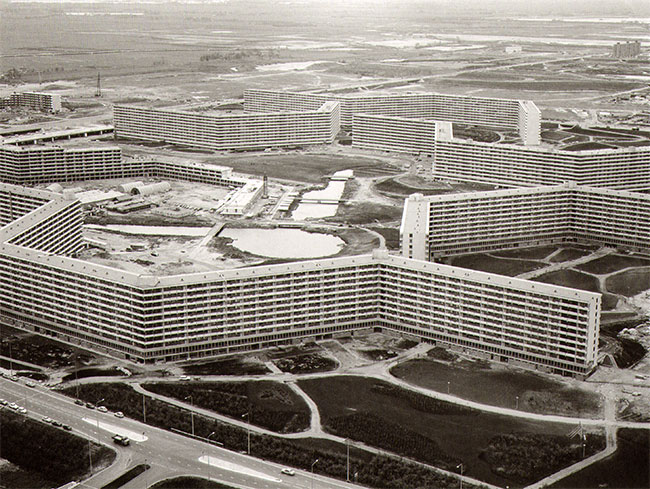Thanks for the shout out veen. I hadn't really appreciated Corbs influence on Constructivism until now. And I never new that bolshoi meant big. Makes for a potentially interesting connection to SMLXL's idea of bigness that I'll have to look into sometime - given what I know of Rem's interest in Russian architecture of that time. As for the Ville Contemporaine. I've always found an incredible tension between Corbs architecture (buildings) and his masterplannning. One being quite beautiful and even profound, and the other being absolutely terrifying. What's compelling to me is that they both, as ideas, seem to come from similar places. His early embrace of the automobile, his interest in the promenade, and his wanting to connect to green space are all present at both urban and building scale projects, but seem to have very different effects. For example, Villa Savoye's pilotis, which allow the vehicle to enter underneath , letting the user ascend into the house and make a switchback to the rooftop garden - with compressed and expanded views of walls, windows, and landscapes seems very similar to that of the Ville Contemporaine, with public life happening above the traffic, and rooms in the clouds peering down over our accomplishments - and out to the paysage beyond. I must say that I've always been dubious of master planning, simply because the order of city should not be so determined years in advance of it's own settling. Then again, New York seems to be working out just fine.
For the uninitiated: /r/brutalism There are some brutalist-style buildings in my new urban environment worth opening a shutter for. Maybe between semesters, all of my pictures are currently from a camera phone pointed at dry erase boards.
99% Invisible recently did an episode on brutalism. I'm a fan of concrete, as long as it's used in a provocative / interesting way. A lot of people think it is ugly, but this building on my campus is a freakin' awesome brutalist alien spaceship:
So... there's "awesome" and there's "livable." And that's why most people hate architects. This building is "awesome." However, it also doesn't have floors, per se, it has this stupid "spiral" where no matter where you are, you're walking down a grade. It also has a 7-story escalator going up and a 6-person elevator going down. If you want to get to the 2nd floor, you "spiral" up. If you want to get to the 3rd floor, you "spiral" up twice. If you want to get to the 4th floor, you take the escalator to the 5th floor then "spiral" down. If you want to get to the 6th floor you take the escalator up to the 7th and spiral down like 3 times because the 6th and 7th floors are actually like two floors each. Which is "awesome." But also unspeakably retarded, particularly if you have any difficulty walking since none of the goddamn floors are level. I have worked on a number of "awesome" buildings. In 2005 my name was on the drawings somewhere for 5 of the AIA's top ten projects. And the more "awesome" a building tends to be, the more hopeless it is to live in.
The Robarts Library at U of Toronto gets a lot of hate but I found it very usable. TIL that it was used as a stand-in for a prison in the Resident Evil: Afterlife movie. And I have also found his furniture to be comfortable.
I have long had the distinct impression that Corbusier was pretty much the poster-boy for uncomfortable, unlivable modernist architecture and furnishings. His chairs are fucking terrible. That even the Soviets told him to get bent speaks volumes, I think. I mean, Frank Lloyd Wright's stuff isn't particularly livable but...
It's a two-sided coin. On the one hand, being rejected by the USSR was much deserved. On the other hand, that rejected Moscow plan spawned the damned Radiant City whose dreadful influence we are still trying to erase.





